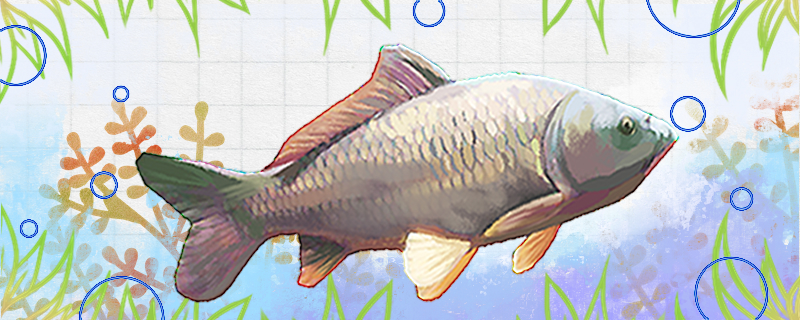
1. Look at the scales: The scales of wild carp and cultured carp are very different in color. You can tell whether the carp is wild by observing the scales. If it is wild carp, then their scales are close to golden yellow, and very shiny. But if they are farmed carp, their scales are darker.
2. Look at the fins: You can also look at the fins of carp. In wild carp, the fins are usually bright red, while in non-wild carp, the fins are generally darker.
3. Look at the internal organs: If you cut them open before eating, you can look at their internal organs. If the wild carp, then the viscera is relatively clean, generally there will not be a lot of oil. But the artificial breeding carp is not so, because they eat more feed, the growth rate is faster, so in the viscera will generally accumulate more oil.
4. Look at the head: In addition, you can compare the size of their heads. The head of wild carp is generally relatively small, the proportion of their body is relatively small; The shape is generally triangular; The head of non-wild carp is generally fat and round in shape.
5. Look at the color of the mouth: You can also ask the carp to open its mouth, and then observe the color of its mouth. The food of wild carp is usually aquatic animals or plants, and their oral color is usually white or light green. However, the food eaten by cultured carp is mostly some feed, and their oral color may be close to gray or even black.
If you catch wild carp in the wild, some anglers may want to raise them at home. However, wild carp are still difficult to feed if they are domesticated, because they have adapted to the wild environment and may not adapt to the tap water environment at home. But if they can adapt successfully, they can be domesticated.